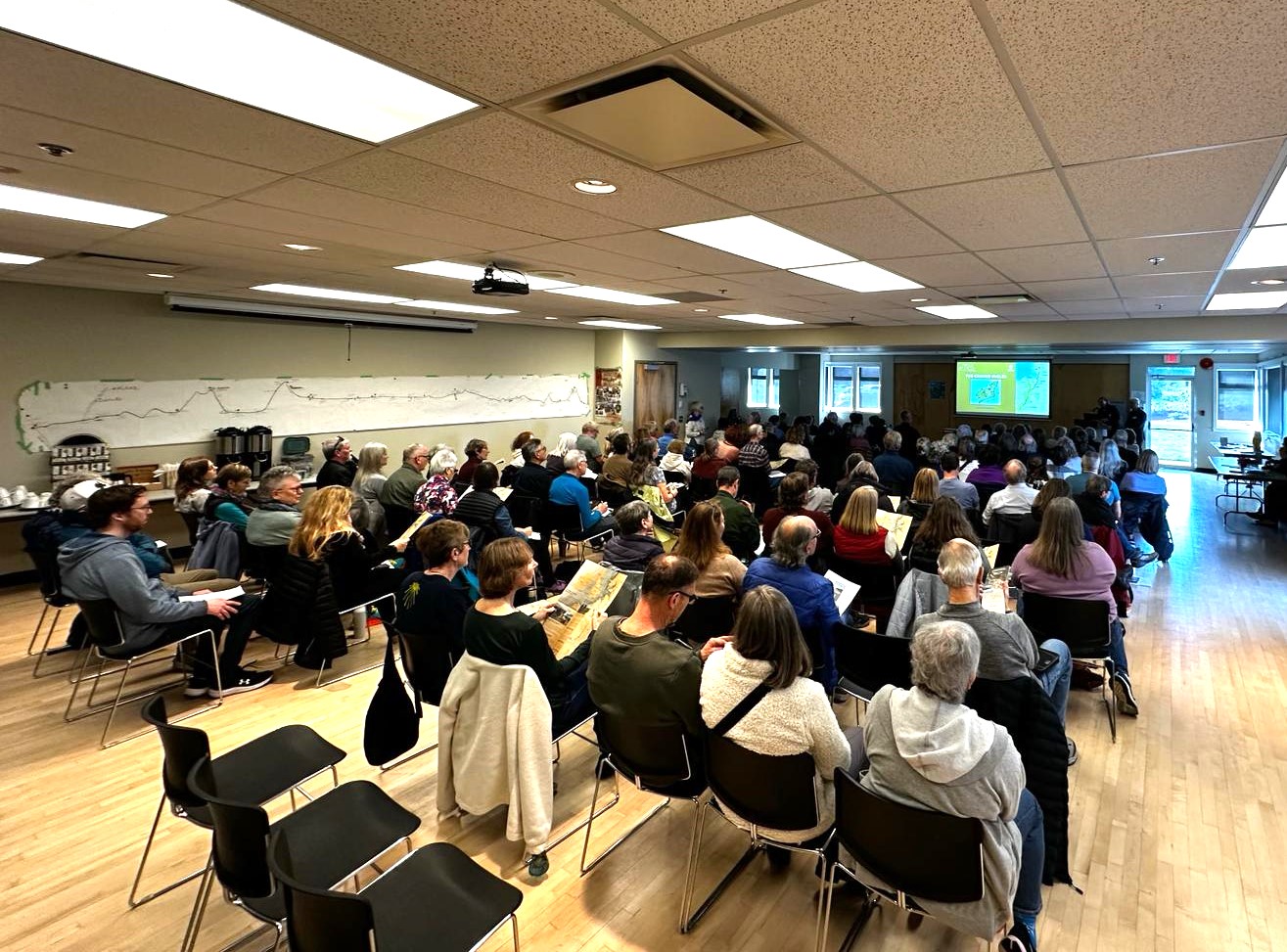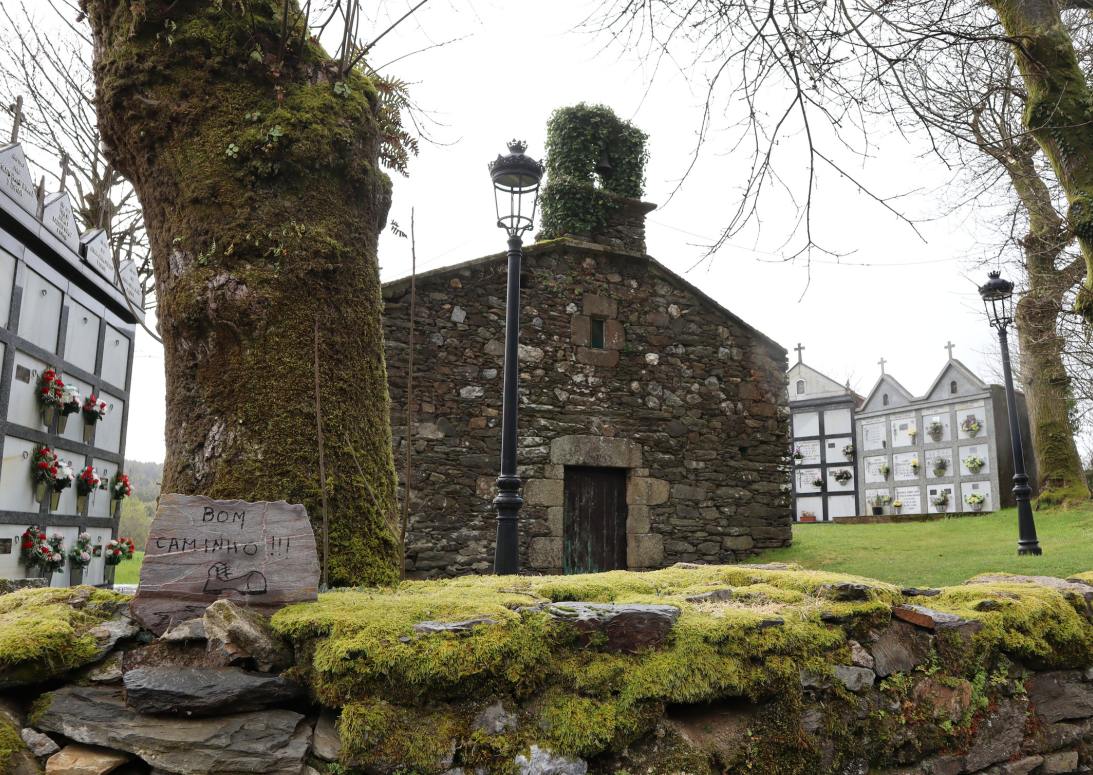The English Way to Santiago de Compostela, which begins on the coasts of Ferrol or A Coruña in Galicia, is a historic route that offers pilgrims a spiritual and enriching experience. Recognised for its stunning natural beauty, cultural richness, and historical significance, this path has established itself as a preferred alternative for those seeking a less crowded route to Santiago. A characteristic feature of this route is the Galician climate, notorious for its rainy days, thus adding an element of challenge and adventure to the pilgrimage.
The English Way to Santiago de Compostela, which begins on the coasts of Ferrol or A Coruña in Galicia, is a historic route that offers pilgrims a spiritual and enriching experience. Recognised for its stunning natural beauty, cultural richness, and historical significance, this path has established itself as a preferred alternative for those seeking a less crowded route to Santiago. A characteristic feature of this route is the Galician climate, notorious for its rainy days, thus adding an element of challenge and adventure to the pilgrimage.
Rain Gear
The appropriate attire is crucial to face the challenges of the English Way in the rain. A waterproof jacket should have an adjustable hood to protect the head and face from water, while sealed seams prevent moisture entry. Ventilations are important to allow perspiration and prevent internal condensation, keeping the pilgrim comfortable. Waterproof pockets are essential to protect personal items such as phones or wallets.
Waterproof trousers should be practical, with quick-opening systems like side zippers, allowing the pilgrim to put them on or take them off without the need to remove their shoes.
As for footwear, it is essential that it is waterproof to keep the feet dry, with ankle support to prevent sprains and a sole with good grip to avoid slips on wet or muddy terrain. Socks should be made of materials like merino wool or synthetics, which maintain warmth and dry quickly, preventing moisture accumulation and the possibility of blisters.
Protecting the backpack is equally important. A waterproof cover will prevent the contents from getting wet, and compression bags will help organise and protect clothing, electronic devices, and important documents. Hiking poles, made of aluminium or carbon, offer support and stability on uneven terrain, helping to distribute weight and reduce the load on the knees and ankles.
Accessories like waterproof hats and gloves are fundamental to keep the head and hands dry, while shoe covers are useful to protect against mud and puddles. A hiking umbrella, although not essential, can offer an additional layer of protection, especially during light or intermittent rain, significantly enhancing the pilgrim's experience on the English Way.
Gastronomy against the rain
The cuisine of the English Way is an essential element of the experience, especially during rainy days when the body and spirit seek comfort after the day's walk. The region's typical dishes not only offer culinary delight but also provide warmth and energy, crucial elements for pilgrims.
Galician broth, ideal for cold and rainy days, is made with turnip greens, potatoes, beans, and chorizo, ingredients that combine to create a rich and hearty broth. Besides providing warmth, Galician broth is an excellent source of nutrients and energy, helping pilgrims recover from the day's physical effort.
Galician stew is another emblematic dish of the region, known for its heartiness and ability to satisfy even the hungriest of travellers. It consists of a variety of meats along with legumes and vegetables, offering a perfect balance of proteins, fats, and carbohydrates. Consuming a dish of Galician stew not only warms the body but also provides a sense of well-being and comfort, essential for regaining strength.
In addition to these dishes, Galician cuisine offers other specialties that pilgrims can enjoy. Lacón with turnip greens combines cured pork with turnip greens and potatoes, offering a rich and comforting flavour. Fish stews, which include various types of fish and shellfish, potatoes, tomatoes, and peppers, reflect Galicia's maritime richness and are a perfect option for those seeking lighter but equally comforting flavours. Meat ao caldeiro, a simple dish of beef cooked in its own broth and served with potatoes, is an example of Galician home cooking that provides warmth and comfort after a rainy day on the Way.
Exploring Galician cuisine on the English Way is not only an opportunity to delight in authentic flavours but also a way to connect with the local culture and gain the energy needed to face the challenges of the path, especially on colder and wetter days.
Undertaking the English Way in the rain is often inevitable, given the nature of the climate in Galicia. However, far from being an obstacle, these weather conditions should be seen as a unique opportunity to experience the Way differently. The rain enhances the natural beauty of the route, offers moments of introspection, and provides a new perspective on the pilgrimage.
With the right clothing and equipment, pilgrims can embrace these rainy moments, finding in them a source of strength and an opportunity to connect more deeply with the essence of the Way and themselves. Ultimately, the rain not only allows the intense green of the English Way's landscape to be maintained but can also nourish the traveller's spirit, turning each step into a valuable part of their personal journey.




Deja una respuesta